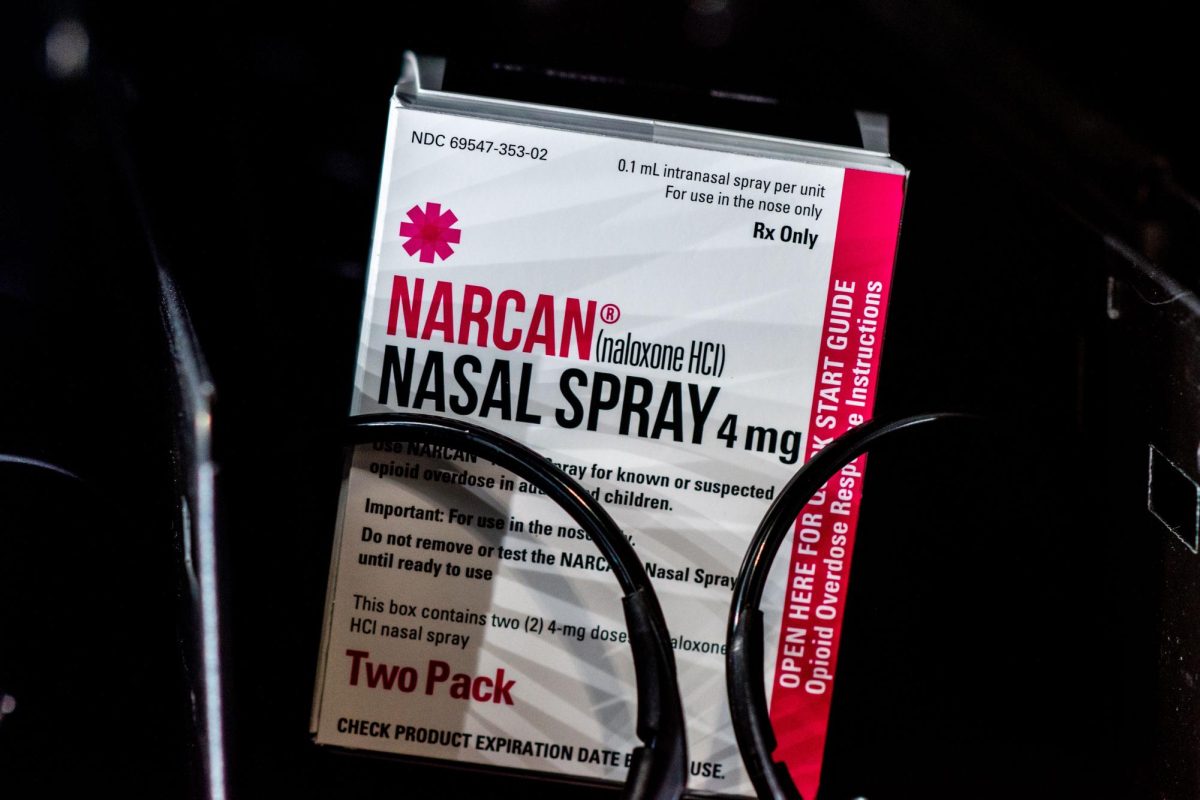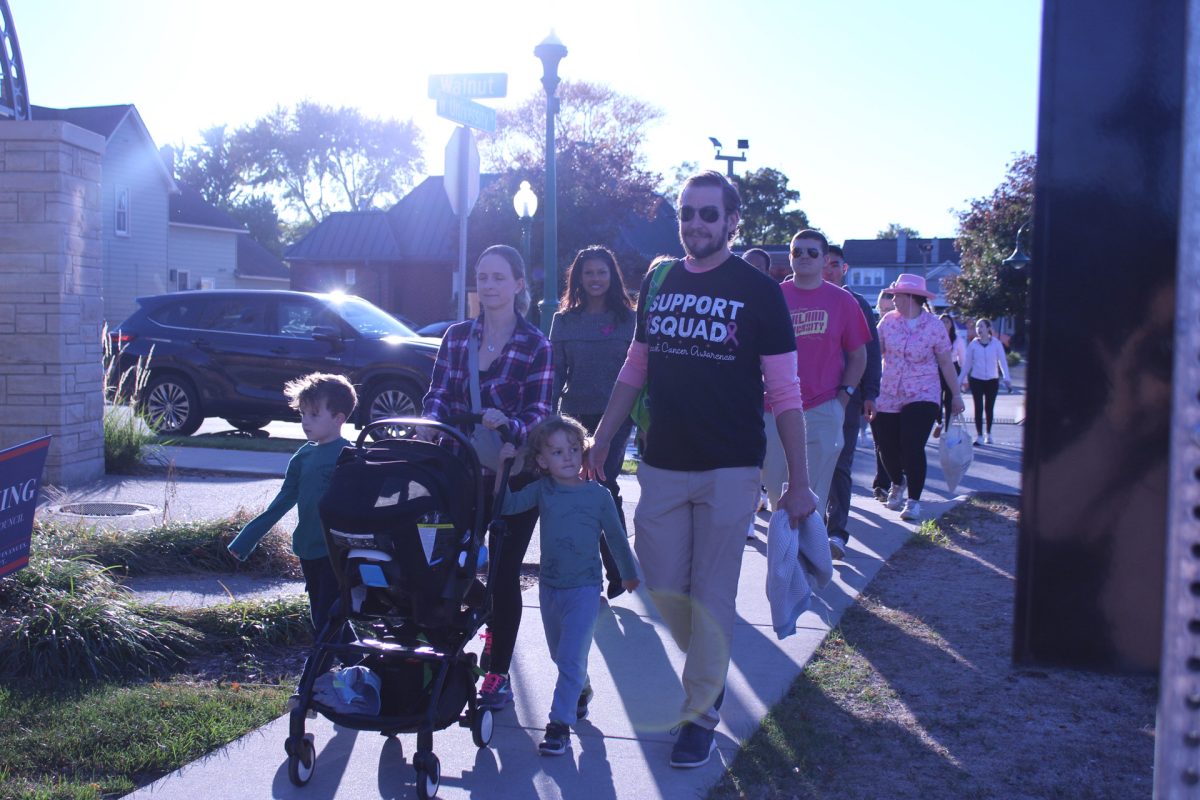Identifying overdose symptoms, preventing accidental poisoning deaths and reducing stigma were some of the goals of the Narcan Training conducted by the American Red Cross Club (ARCC) on March 6.
Alexandra Hicks, harm reduction, recovery and support coordinator of the Alliance of Coalition for Healthy Communities, taught the trainees in the Lake Erie Room of the Oakland Center.
Participants were given a “save a life kit,” which contained a Narcan box, gloves, CPR face shield and substance use resource guide.
Hicks explained that for the 12 months leading up to January 2022, there were over 107,000 overdose and accidental poisoning deaths in the United States.
Overdoses are caused by the abuse of certain drugs, like opioids, which inhibit nervous signals allowing for breathing.
“We have these receptors in our brains that send and receive signals,” Hicks said. “[An opiate] attaches to that receptor and blocks that signal for pain. They [also] block the signal for breath and cause respiratory depression because the brain is not able to communicate with the body.”
Narcan, also known as Naloxone, is a medication that reverses the effects of opioid overdoses.
“Naloxone has a stronger affinity for those receptors in our brains,” Hicks said. “ It will knock the opiate off the receptor, and then attach to the receptor creating a protective barrier that allows the signals to resume. It does not get rid of the opiate.”
With Narcan lasting between 30 to 90 minutes and opiates lasting six to seven hours, Narcan commonly needs to be administered twice.
Hicks explained that because Narcan doesn’t have any psychoactive effects, it is not addictive and will not affect an individual if an opiate is not present.
In case of witnessing an overdose, Hicks instructed to call 911 first.
“This enacts the Good Samaritan Law,” she said. “It states if I’m in the process of saving somebody’s life, I will not be held liable for accidental damage.”
In Oakland County, the law also exempts illegal substance users from persecution if they call 911 and help in the efforts to reverse the overdose. However, the law varies from county to county.
Nodding out, falling asleep, pinpoint pupils and respiratory depression expressed through gurgling and snoring noises are some of the signs and symptoms of overdose.
If the individual enduring the overdose is unresponsive, Narcan should be dispensed.
“There is no cap, nothing to prime,” Hicks said. “So we do not want to pubs the plunger until we’re actually ready to use it. We’re going to insert [in the nose] all the way to our fingertips and then once it’s fully inserted, we’ll press the plunger.”
After 1-to-3 minutes, the second dose should be dispensed if the individual is still unresponsive.
Oakland University has a free Narcan dispensary machine by the reception desk of the Oakland Center. Oakland County has 80 Narcan machines across the area.
“It is important that everyone is aware and has this knowledge because it isn’t super intricate,” ARCC President Jackson Block said. “You don’t have to know a ton of stuff about physiology. It’s something that’s very easy and pretty much anyone can do.”
“There’s a lot of stigma around substance use and a lot of secrecy and shame,” Hicks said. “The more that we bring that into the light — the more that we can have open and honest conversations — the more that people can be honest about where they are and actually start pursuing and hope that they need no matter where they are on their journey.”
For more information about the ARCC, view the organization’s GrizzOrgs page.






